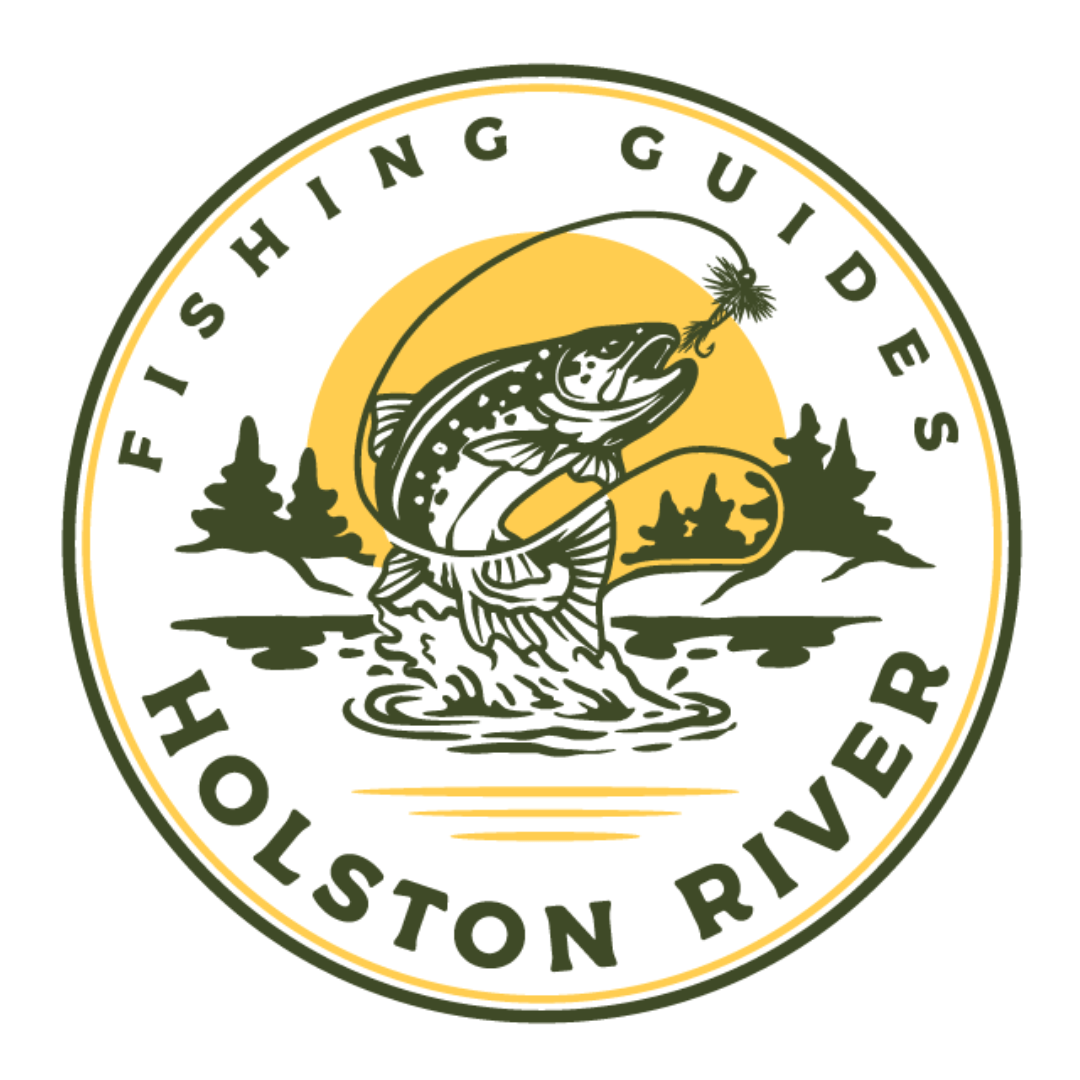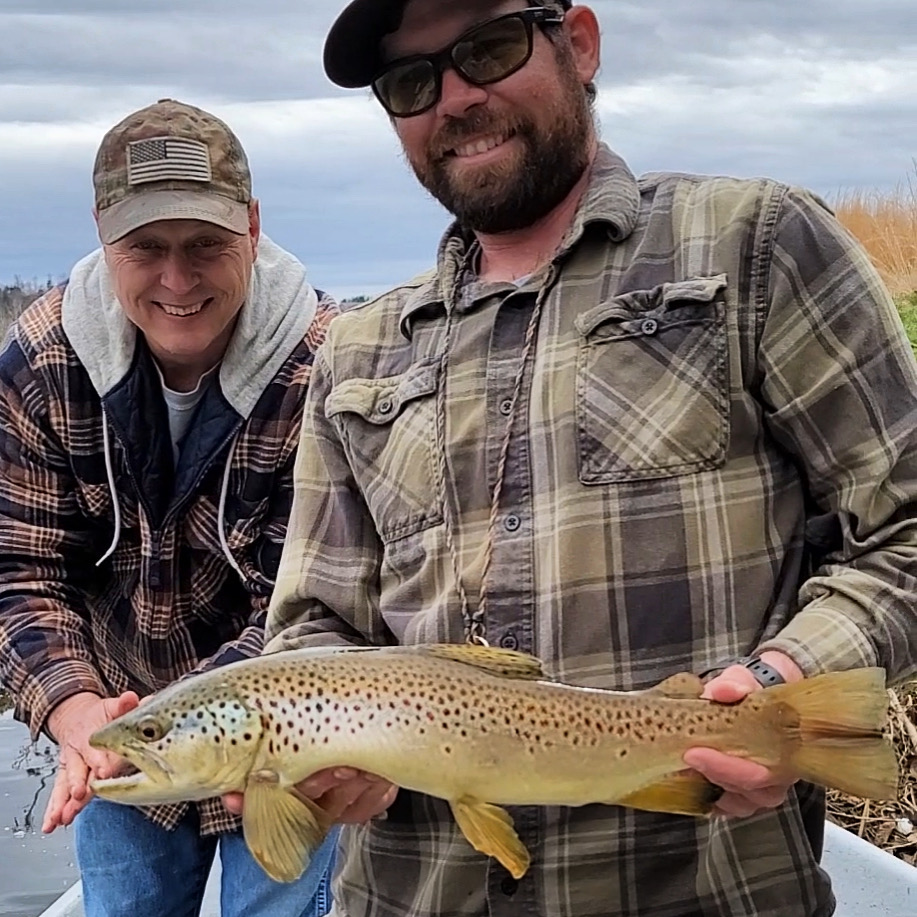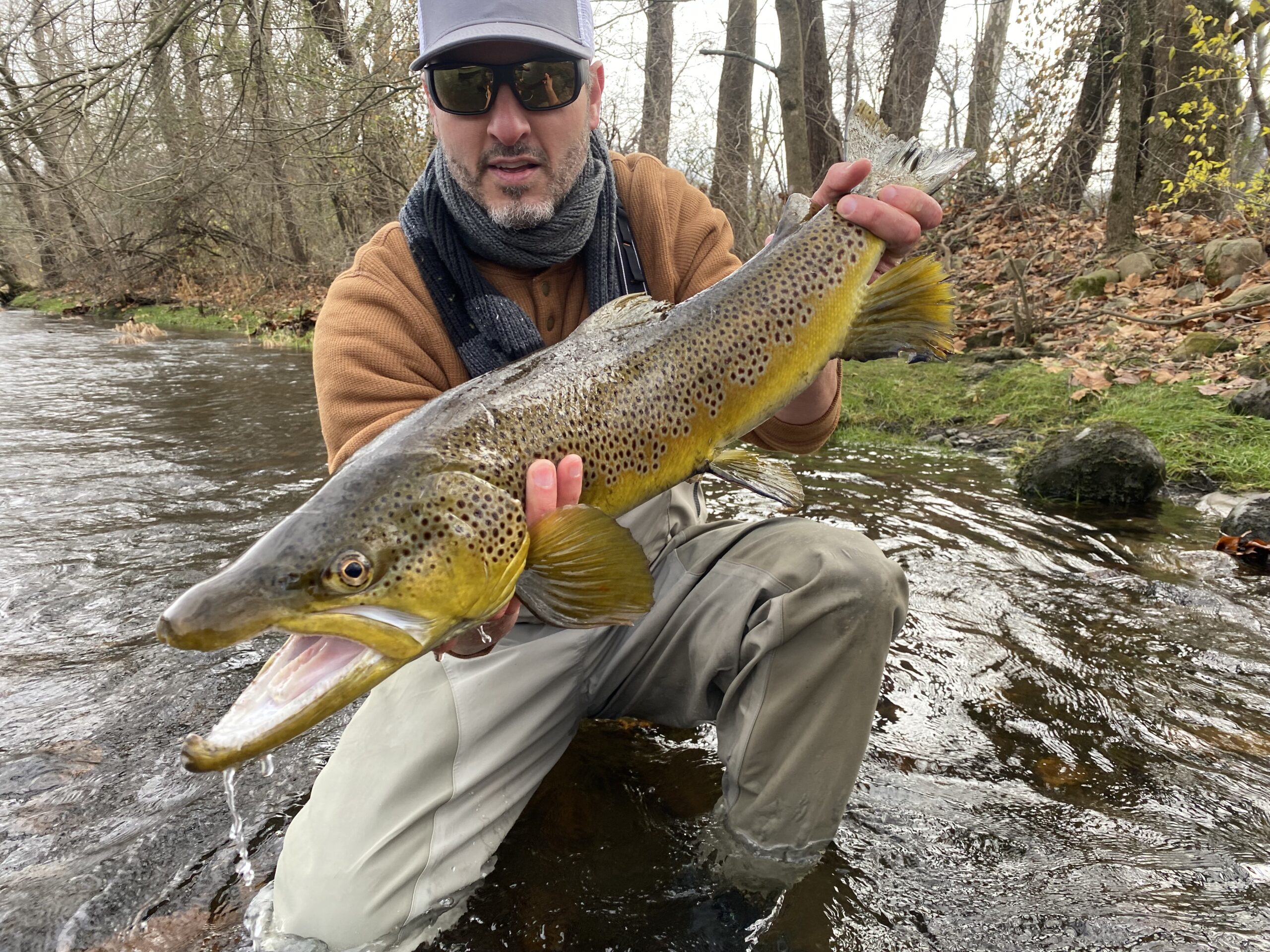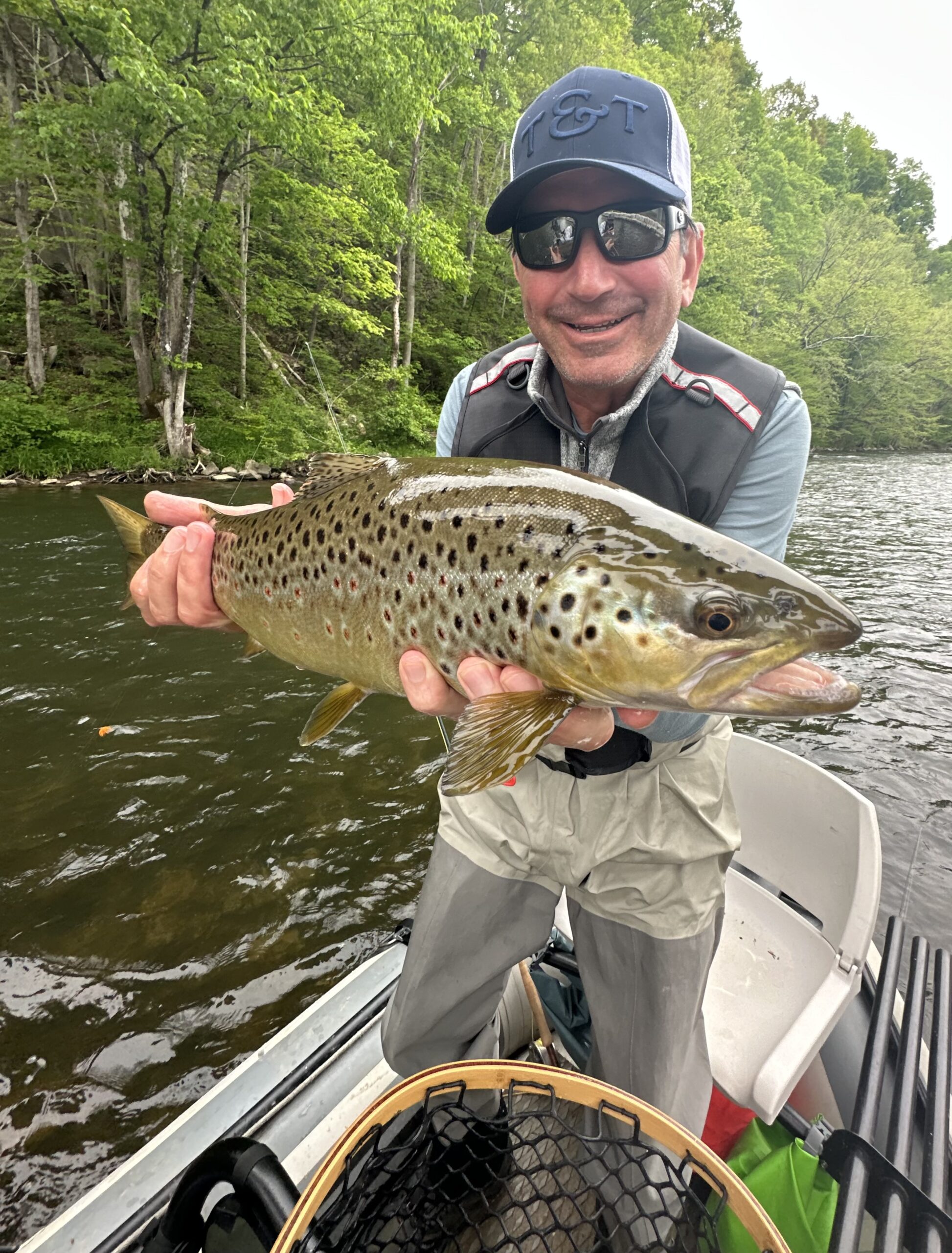Nestled within the Southern Appalachian region, the Watauga River emerges as a veritable haven for fly fishing enthusiasts, renowned for its pristine waters and thriving trout populations.
This exploration delves into the river’s unique attributes, from the famed tailwater section in Elizabethton, Tennessee, to its origin in Boone, North Carolina, and the journey through Watauga and Wilbur Lakes – giving good reason to it’s claim as one of the nation’s top trout streams.
Learn more about our guided Watauga River fly fishing trips and reserve your day on the water with Holston River Fly Fishing.
The Watauga River Tailwater Ecosystem
At the heart of the Watauga River’s ecological prowess lies the TVA-controlled spill-under dam at Wilbur Lake. The deliberate release of consistently cold water creates an optimal habitat for trout, solidifying the river’s status as a haven for strong trout populations.
Anglers should regularly check the schedule, adapt their plans based on water releases, and prioritize safety to make the most of their time on this renowned trout fishing destination.
Read our breakdown of the Watauga River TVA tailwater schedule and the impact it has on your Watauga River fly fishing trip.
Fly Fishing on the Watauga River: An Exciting Experience
As the seasons transition, the Watauga River becomes a fly fishing utopia, particularly during the prime months of spring through summer. These months witness a symphony of insect hatches, featuring mayflies, sulphurs, caddis, and giant stoneflies, providing a diverse menu for the discerning trout. The Watauga attracts dry fly anglers from across the country, and well as euro-nymphing enthusiasts, to fish the hatches and experience the natural beauty of the area.
Dry Fly Fishing: When dry fly fishing the Watauga River we recommend four to five weight rods, spanning 9-10 feet, for more delicate and accurate presentations. Come prepared with various dry flies, from small finesse patterns to larger adult insect imitations and terrestrial offerings to match the river’s ever-changing conditions.
Nymphing: We always recommend a nine to ten-foot, 5-6 weight fly rod for nymphing the Watauga River. You can’t go wrong with a classic inline or drop-shot indicator rigs, paired with a diverse array of nymph imitations. Looking for a new way to pick apart the river? Try euro nymphing!
Streamer Fishing: For enthusiasts drawn to the thrill of streamer fishing, bring a nine to ten-foot, 7-8 weight fly rod. With the oxygen-rich waters below Wilbur Dam as the backdrop, anglers can strip, swing, or dead drift their favorite streamer patterns to an average of around 6,000 fish per mile – which is made up of mostly wild trout!
Planning Your Watauga River Fly Fishing Trip
The success of a Watauga River fly fishing expedition hinges on strategic planning. Understanding the intricacies of the TVA Tailwater generation schedule becomes paramount, allowing anglers to synchronize their trips with optimal water releases. Proactive tips for planning around water releases ensure that every angler can make the most of their time on the water.
The optimal time for fly fishing on the Watauga River for trout varies throughout the seasons:
- Spring, characterized by increased insect activity, is ideal for dry fly fishing.
- Early summer requires anglers to adapt to warmer temperatures, favoring early mornings and late evenings, as well as nymphing and streamer fishing.
- Fall is another prime period, offering successful dry fly fishing during mayfly and caddisfly hatches.
- Winter fishing is possible in the tailwater section, emphasizing nymphing and deep water presentations.
Checking the TVA Tailwater generation schedule is crucial, allowing anglers to plan around water releases for optimal conditions. Flexibility and adaptability, considering trout behavior and adjusting techniques accordingly, contribute to a successful fly fishing experience on the Watauga River.





